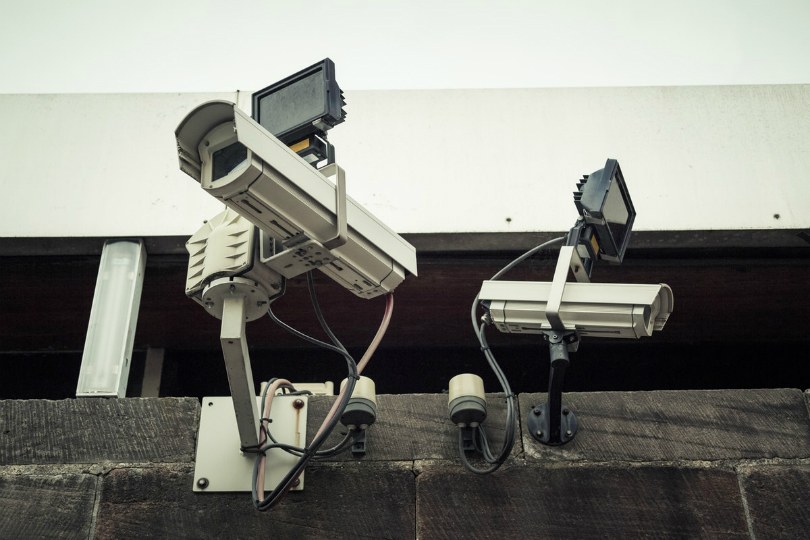Building security provides an all-important second “layer” of safety to you, your employees, and business as a whole. “Layered security” – the term for presenting bad guys with more than one level of “hurdles” they would have to leap in order to harm your organisation (and a term you may have heard frequently in recent news reports) – starts at the perimeter of the property.
A stout fence, secured and monitored gates, and state-of-the-art technology all create that critical “first line of defense” for your business or residential building. But your professional security advisers will tell you great security doesn’t stop at the front gate – it only starts there. The all-important second layer is comprised of the measures your organisation takes to protect the building itself – and the crucial assets (human and material) within.

When residents feel safe in their apartments, the community is happier as a whole. And when employees feel safe at the office or job site, they do better work. So it’s easy to see why companies engage professionals to do thorough security assessments, focusing on building security.
First Considerations In Designing Strong Building Security
Your security firm will provide you with a full plan for the most appropriate building security design to meet your organisation’s needs.
Here are some points you’ll want to consider first, and ask your security advisers about:
-
Start right outside. You may or may not have a fenced and gated “compound” or community within which your building lies; either way, you’ll want to put yourself in the mind of the potential perpetrators, and think through where your building might be (or even look) vulnerable. If you have fewer ground-floor windows, that’s a plus… it makes the bad guys have to find a way to climb to the second floor. And keeping your landscaping well-maintained and well-lit, with obvious security cameras at key locations, is essential.
-
Do you need controlled access? Your security advisers will know the best way to tailor your entry-point security to your organisation’s needs. It might be sufficient to post an unarmed security “receptionist” in your building’s lobby. Residents or employees might need badges or security keys (the kind not available to the general public) to access entry points… and most badge-entry systems provide excellent digital record-keeping to ensure you’re able to know who entered, where, and when. In some cases, metal detectors and armed guards might even be necessary.
-
Use updated technology systems throughout. Security cameras monitoring high-traffic areas such as lobbies and hallways… badge-entry systems protecting more sensitive areas within the building… emergency lighting and back-up systems to keep things safe when the power goes down… these are a few of the things your professional security assessment will take into consideration.
-
Work with law enforcement. Your security advisers are there to keep your organisation safe – but their best efforts often depend on close coordination with local law enforcement. You’ll want to make sure the local police department and/or sheriff’s office is brought into the process early, to ensure strong preparation before (and smooth coordination during) any emergent situation.
-
Bring your own team up to speed. Leaders within your organisation need to be fully-informed on your security systems and procedures (and, to the extent possible, have input into their design). Employees need to be educated on the overall security approach, and be well-trained on specific policies (such as badge or key security). And security drills – both planned and unannounced – are a great way to keep everyone on their toes (and as safe as possible).

Don’t Open the Door to Criminals!
Don’t give would-be perpetrators the slightest break. Talk to a qualified professional security firm today… get a full security assessment of your organisation’s needs… and keep everyone (and everything) in your building functioning at its safe, secure best.

